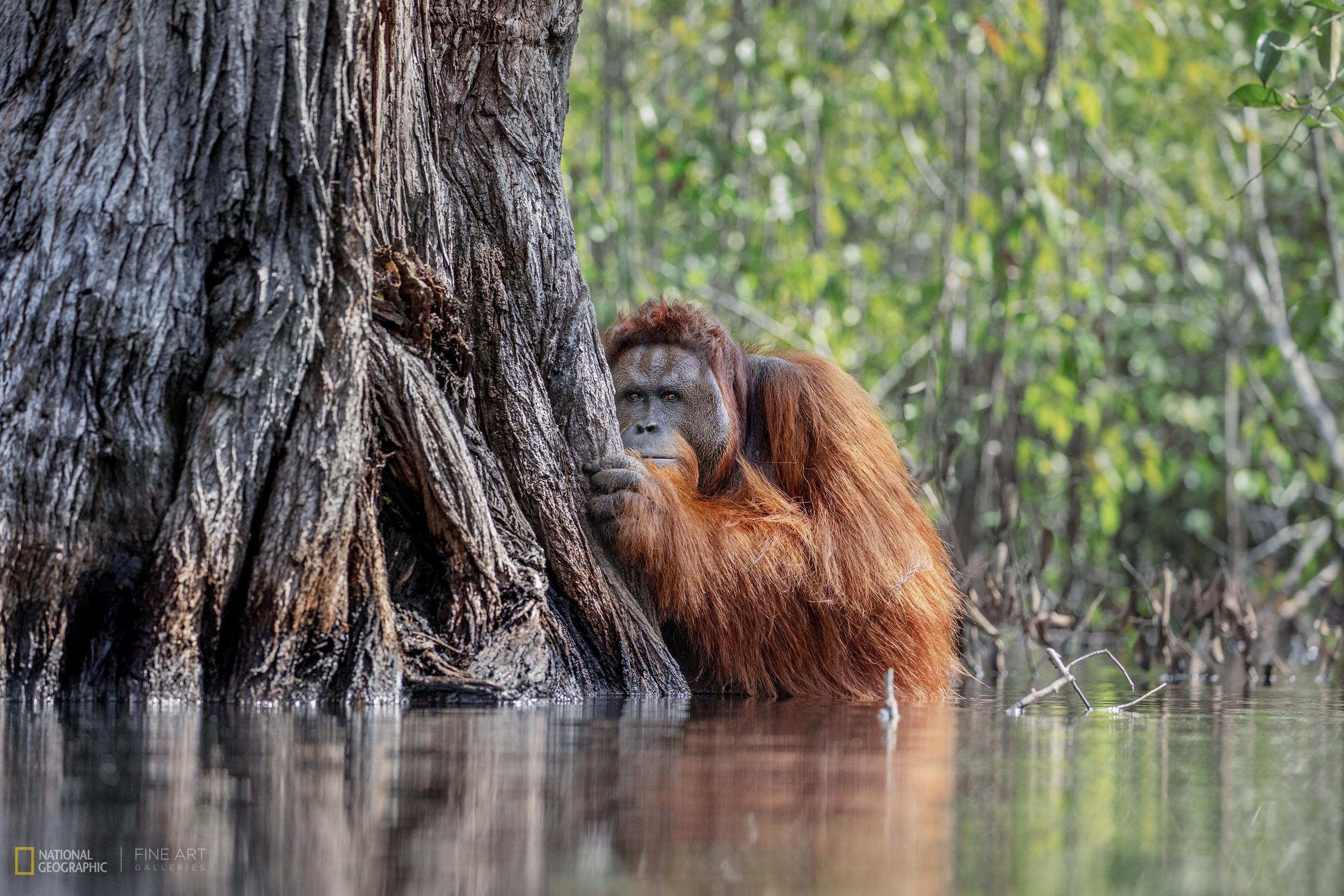Role as “Umbrella Species”
A clear benefit of charismatic fauna lies in their role as umbrella species. As defined in the Millenium Ecosystem Assessment (2005), umbrella species are species that either have large habitat requirements or other needs, whose conservation would consequentially result in the simultaneous conservation of many other species at the the level of the entire ecosystem. They are therefore selected for and focused on in conservation programs, due to their indirect effect on the many other species within their ecosystem.
Umbrella species help to draw the attention of people to their habitats and home ranges, hence protecting everything within it as well — a win-win situation. For instance, among the efforts towards trying to protect the panda, a system of nature reserves has been established by the Chinese government, and since 96% of the panda’s habitat overlaps with crucial biodiversity hotspots for mammals, birds and amphibians, refuge and protection is provided to these other endangered animals that live within the habitat as well.
“Think of sun bears and orangutans. They share habitats in Borneo and Sumatra, and call attention to the many conservation issues facing those ecosystems. By protecting recognizable megafauna, we are in turn helping the plants, insects, small mammals and birds of that ecosystem as well. It’s a win-win for all those species in need of conservation attention.”
— Dr. Stephanie Braccini (Hoyt, n.d.)

While umbrella species are not necessarily charismatic fauna, many of which happen to fall under both categories, and therefore, the benefits of the umbrella species can be translated to many charismatic fauna as well.
Individual conservation projects often suffer from a lack of funding, especially if they do not receive as much care and concern from humans, by falling outside the category of charismatic fauna. Hence, the ‘umbrella effect’, brought about through focusing conservation efforts on the charismatic fauna who concurrently act as umbrella species, is a good way to contribute to the conservation of other less charismatic and loved species that live within their ecosystem.